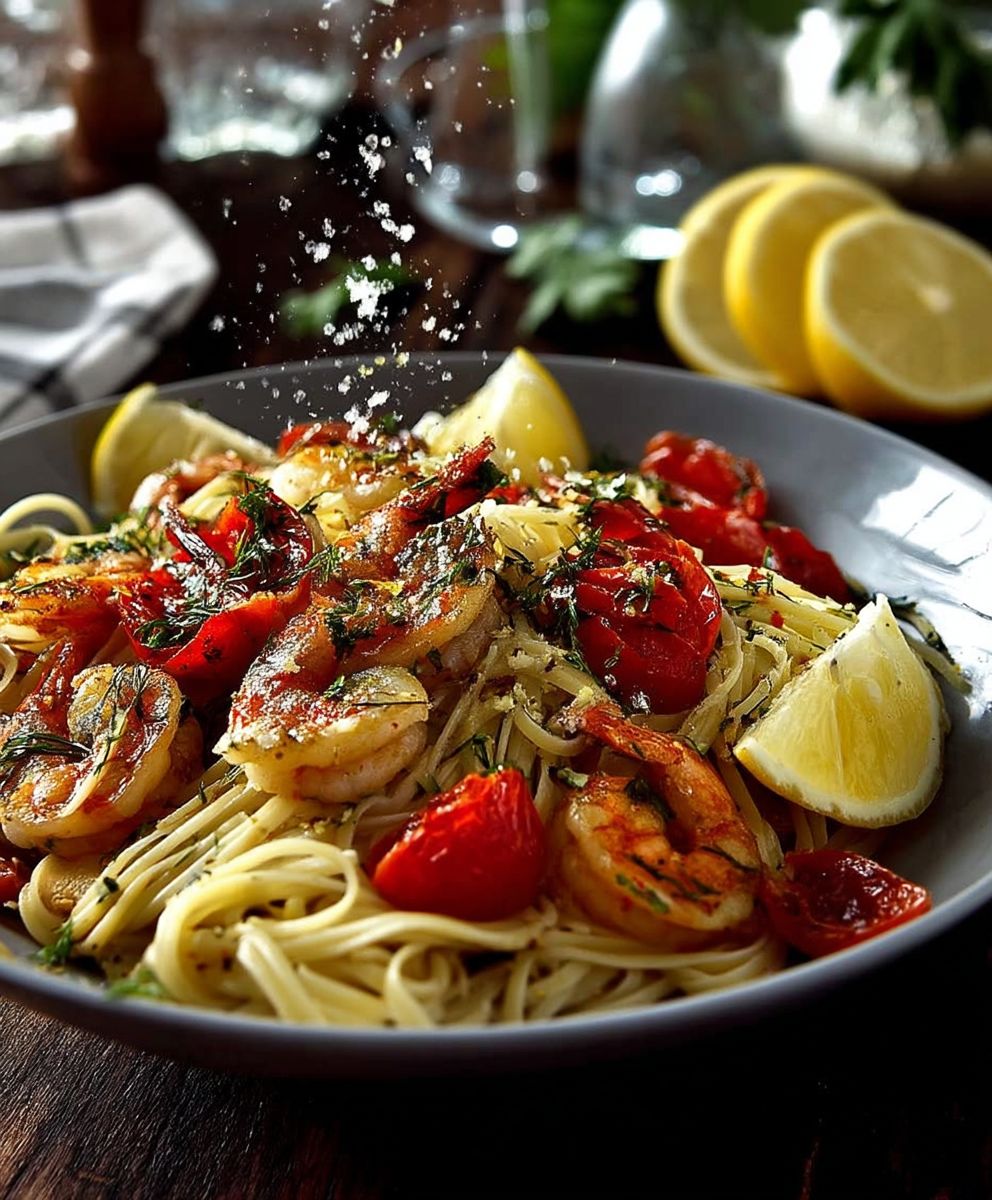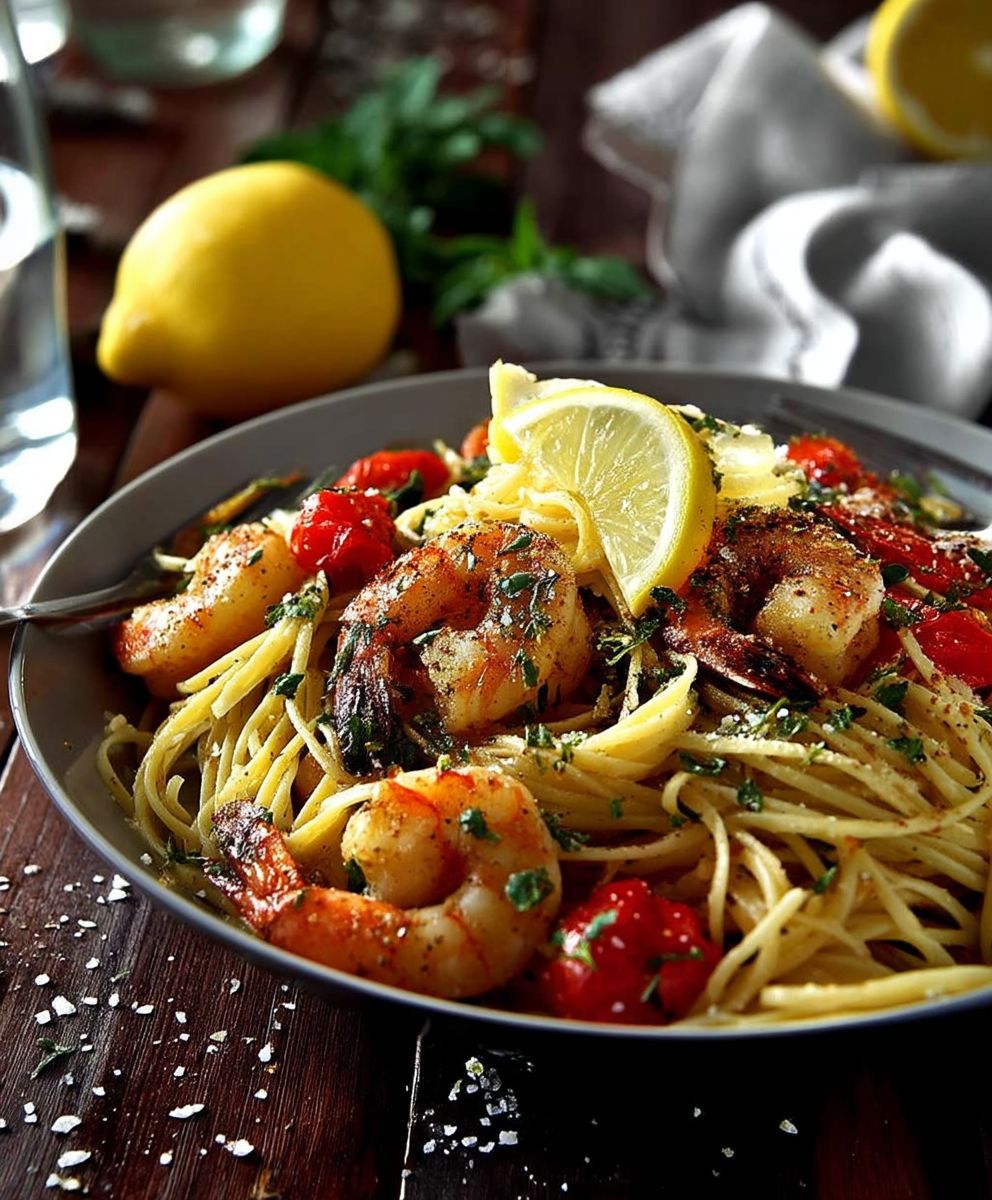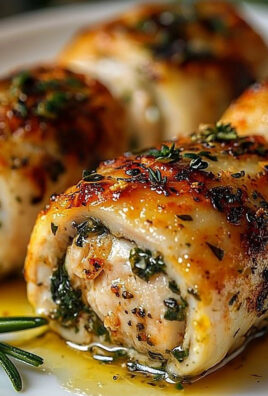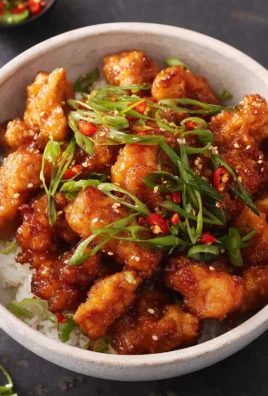Shrimp prawn pasta lemon: just the name conjures up images of sun-drenched Italian coastlines and the aroma of fresh seafood mingling with bright citrus. But you don’t need a plane ticket to experience this culinary delight! I’m going to show you how to create this restaurant-worthy dish in your very own kitchen, with minimal fuss and maximum flavor.
Pasta with seafood has a long and storied history, particularly in the Mediterranean. Coastal communities have always relied on the bounty of the sea, and incorporating it into simple pasta dishes was a natural evolution. The addition of lemon, a staple in Mediterranean cuisine, adds a zesty brightness that perfectly complements the richness of the shrimp and prawns.
What makes shrimp prawn pasta lemon so irresistible? It’s the perfect balance of flavors and textures. The succulent sweetness of the shrimp and prawns, the satisfying chew of perfectly cooked pasta, and the vibrant tang of lemon create a symphony of taste in every bite. Plus, it’s surprisingly quick and easy to prepare, making it ideal for a weeknight dinner or an elegant weekend gathering. People adore this dish because it feels both luxurious and comforting, a true crowd-pleaser that’s sure to impress.
Ingredients:
- 1 pound linguine pasta
- 1.5 pounds large shrimp, peeled and deveined
- 1/4 cup olive oil, extra virgin
- 4 cloves garlic, minced
- 1/2 teaspoon red pepper flakes (adjust to taste)
- 1/2 cup dry white wine (such as Sauvignon Blanc or Pinot Grigio)
- 1/2 cup heavy cream
- 1/4 cup freshly squeezed lemon juice
- 2 tablespoons lemon zest
- 1/4 cup chopped fresh parsley
- 1/4 cup grated Parmesan cheese, plus more for serving
- Salt and freshly ground black pepper to taste
- 2 tablespoons butter, unsalted
- Optional: 1/4 cup reserved pasta water
Preparing the Shrimp and Pasta:
- Cook the pasta: Bring a large pot of salted water to a boil. Add the linguine and cook according to package directions until al dente. Reserve about 1/4 cup of the pasta water before draining. Drain the pasta and set aside.
- Prepare the shrimp: While the pasta is cooking, pat the shrimp dry with paper towels. This helps them brown nicely. Season the shrimp generously with salt and freshly ground black pepper.
Sautéing the Shrimp and Creating the Sauce:
- Sauté the garlic and red pepper flakes: In a large skillet or Dutch oven, heat the olive oil over medium heat. Add the minced garlic and red pepper flakes and cook for about 30 seconds, or until fragrant, being careful not to burn the garlic. Burnt garlic will make the dish bitter.
- Cook the shrimp: Add the seasoned shrimp to the skillet in a single layer. Cook for 2-3 minutes per side, or until pink and opaque. Be careful not to overcook the shrimp, as they can become rubbery. Remove the shrimp from the skillet and set aside.
- Deglaze the pan: Pour the white wine into the skillet and bring to a simmer, scraping up any browned bits from the bottom of the pan. This adds a lot of flavor! Let the wine reduce slightly, about 2-3 minutes.
- Add the cream and lemon juice: Stir in the heavy cream, lemon juice, and lemon zest. Bring the sauce to a gentle simmer and cook for another 2-3 minutes, allowing it to thicken slightly.
- Finish the sauce: Stir in the butter and Parmesan cheese until melted and smooth. Season the sauce with salt and pepper to taste. If the sauce is too thick, add a little of the reserved pasta water to thin it out. This is where that reserved pasta water comes in handy! The starch in the pasta water helps to bind the sauce and create a silky texture.
Combining and Serving:
- Combine the pasta and sauce: Add the cooked pasta to the skillet with the sauce and toss to coat. Make sure every strand of pasta is coated in that delicious lemon cream sauce.
- Add the shrimp: Gently fold in the cooked shrimp and parsley.
- Serve immediately: Serve the shrimp linguine immediately, garnished with extra Parmesan cheese and a sprinkle of fresh parsley, if desired. A lemon wedge on the side is also a nice touch!
Tips and Variations:
- Shrimp size: I prefer using large shrimp for this recipe, but you can use any size you like. Just adjust the cooking time accordingly. Smaller shrimp will cook faster.
- Spice level: Adjust the amount of red pepper flakes to your liking. If you don’t like spice, you can omit them altogether.
- Wine substitution: If you don’t have white wine, you can use chicken broth or vegetable broth instead.
- Cream substitution: For a lighter dish, you can substitute half-and-half or milk for the heavy cream. However, the sauce will be less rich and creamy.
- Vegetable additions: Feel free to add other vegetables to this dish, such as asparagus, spinach, or sun-dried tomatoes. Sauté them with the garlic before adding the shrimp.
- Lemon flavor: For an extra burst of lemon flavor, add a few drops of lemon extract to the sauce. Be careful not to add too much, as it can be overpowering.
- Garlic Lovers: If you are a garlic lover, feel free to add an extra clove or two.
- Make it ahead: While best served immediately, you can prepare the sauce ahead of time and store it in the refrigerator for up to 2 days. Reheat the sauce before adding the pasta and shrimp.
- Gluten-Free Option: Use your favorite gluten-free pasta to make this dish gluten-free.
- Dairy-Free Option: Substitute the heavy cream with coconut cream and the butter with a dairy-free butter alternative. You can also omit the Parmesan cheese or use a dairy-free Parmesan alternative.
Detailed Shrimp Preparation:
Let’s delve a little deeper into preparing the shrimp. The key to perfectly cooked shrimp is to avoid overcooking them. Overcooked shrimp are tough and rubbery, which is not what we want! Here’s a breakdown:
- Buying Shrimp: When buying shrimp, look for shrimp that are firm, translucent, and have a fresh, sea-like smell. Avoid shrimp that are mushy, discolored, or have a strong ammonia-like odor. You can buy shrimp fresh or frozen. If buying frozen shrimp, make sure they are properly frozen and have no signs of freezer burn.
- Peeling and Deveining: If your shrimp are not already peeled and deveined, you’ll need to do this yourself. To peel the shrimp, simply pull off the legs and then peel away the shell. To devein the shrimp, use a small knife to make a shallow cut along the back of the shrimp and remove the dark vein. You can use a shrimp deveiner tool for this, but a knife works just as well.
- Drying the Shrimp: This is a crucial step! Patting the shrimp dry with paper towels before cooking helps them to brown properly. Excess moisture will steam the shrimp instead of searing them, resulting in a less flavorful dish.
- Seasoning the Shrimp: Don’t be shy with the seasoning! Generously season the shrimp with salt and freshly ground black pepper. You can also add other seasonings, such as garlic powder, onion powder, or paprika.
- Cooking the Shrimp: Cook the shrimp over medium heat for 2-3 minutes per side, or until pink and opaque. The exact cooking time will depend on the size of the shrimp. Be careful not to overcook the shrimp! They are done when they are pink and opaque and have curled into a “C” shape. If they curl into an “O” shape, they are likely overcooked.
Understanding the Lemon Cream Sauce:
The lemon cream sauce is what makes this dish so special. It’s creamy, tangy, and bursting with flavor. Here’s a closer look at the ingredients and how they work together:
- Olive Oil: Extra virgin olive oil adds richness and flavor to the sauce.
- Garlic: Garlic is a key ingredient in many Italian sauces. It adds a pungent and savory flavor.
- Red Pepper Flakes: Red pepper flakes add a touch of heat to the sauce. Adjust the amount to your liking.
- White Wine: White wine adds acidity and complexity to the sauce. It also helps to deglaze the pan, which adds even more flavor.
- Heavy Cream: Heavy cream makes the sauce rich and creamy.
- Lemon Juice: Lemon juice adds tanginess and brightness to the sauce.
- Lemon Zest: Lemon zest adds a concentrated lemon flavor to the sauce.
- Parmesan Cheese: Parmesan cheese adds saltiness and umami to the sauce.
- Butter: Butter adds richness and helps to emulsify the sauce.
- Pasta Water: Reserved pasta water helps to thicken the sauce and create a silky texture. The starch in the pasta water acts as a natural binder.
Serving Suggestions:
This shrimp linguine is delicious on its own, but here are a few serving suggestions to make it even more special:
- Side Salad: Serve with a simple side salad, such as a mixed green salad with a lemon vinaigrette.
- Garlic Bread: Serve with warm garlic bread for dipping in the sauce.
- Grilled Vegetables: Serve with grilled vegetables, such as asparagus, zucchini, or bell peppers.
- Crusty Bread

Conclusion:
This Shrimp Prawn Pasta with Lemon is truly a dish you need to experience. The bright, zesty flavors of lemon perfectly complement the sweetness of the shrimp and prawns, creating a symphony of taste that’s both refreshing and satisfying. It’s quick enough for a weeknight meal but elegant enough to serve to guests. Trust me, once you try this, it will become a regular in your recipe rotation!
But what makes this recipe a must-try? It’s the simplicity combined with the incredible depth of flavor. We’re not talking about a complicated, multi-step process. This is about using fresh, high-quality ingredients and letting them shine. The lemon sauce is light and vibrant, coating the pasta beautifully without being heavy or greasy. The shrimp and prawns are cooked to perfection, tender and juicy. And the best part? It all comes together in under 30 minutes!
Beyond the ease and flavor, this dish is incredibly versatile. Feel free to experiment with different types of pasta. While I love it with linguine, it’s equally delicious with spaghetti, fettuccine, or even penne. For a gluten-free option, try using your favorite gluten-free pasta.
Looking for serving suggestions? A simple green salad with a light vinaigrette is the perfect accompaniment. A crusty loaf of bread for soaking up the delicious lemon sauce is also a must. For a more substantial meal, you could add some grilled asparagus or steamed broccoli.
And don’t be afraid to get creative with variations! If you’re a fan of spice, add a pinch of red pepper flakes to the sauce. For a richer flavor, stir in a tablespoon of mascarpone cheese at the end. You could also add some chopped fresh herbs, such as parsley, basil, or oregano. If you want to add more vegetables, consider adding some cherry tomatoes, spinach, or zucchini.
Another variation I love is adding a splash of white wine to the sauce while it’s simmering. This adds a lovely depth of flavor and complexity. Just be sure to let the alcohol cook off completely before adding the shrimp and prawns.
For those who prefer a creamier sauce, you can add a splash of heavy cream or half-and-half at the end. This will create a richer, more decadent dish. Just be careful not to add too much, as you don’t want to overpower the lemon flavor.
I’m confident that you’ll love this Shrimp Prawn Pasta with Lemon as much as I do. It’s a dish that’s sure to impress, whether you’re cooking for yourself, your family, or a crowd.
So, what are you waiting for? Grab your ingredients and get cooking! I can’t wait to hear what you think. Please, try this recipe and share your experience in the comments below. Let me know what variations you tried and how they turned out. Did you add any extra ingredients? Did you serve it with a particular side dish? I’m always looking for new ideas and inspiration. Happy cooking!
Shrimp Prawn Pasta Lemon: A Zesty Seafood Delight
Delicious and easy shrimp linguine in a creamy lemon sauce. A quick and flavorful weeknight meal!
Ingredients
- 1 pound linguine pasta
- 1.5 pounds large shrimp, peeled and deveined
- 1/4 cup olive oil, extra virgin
- 4 cloves garlic, minced
- 1/2 teaspoon red pepper flakes (adjust to taste)
- 1/2 cup dry white wine (such as Sauvignon Blanc or Pinot Grigio)
- 1/2 cup heavy cream
- 1/4 cup freshly squeezed lemon juice
- 2 tablespoons lemon zest
- 1/4 cup chopped fresh parsley
- 1/4 cup grated Parmesan cheese, plus more for serving
- Salt and freshly ground black pepper to taste
- 2 tablespoons butter, unsalted
- Optional: 1/4 cup reserved pasta water
Instructions
- Cook the pasta: Bring a large pot of salted water to a boil. Add the linguine and cook according to package directions until al dente. Reserve about 1/4 cup of the pasta water before draining. Drain the pasta and set aside.
- Prepare the shrimp: While the pasta is cooking, pat the shrimp dry with paper towels. Season the shrimp generously with salt and freshly ground black pepper.
- Sauté the garlic and red pepper flakes: In a large skillet or Dutch oven, heat the olive oil over medium heat. Add the minced garlic and red pepper flakes and cook for about 30 seconds, or until fragrant, being careful not to burn the garlic.
- Cook the shrimp: Add the seasoned shrimp to the skillet in a single layer. Cook for 2-3 minutes per side, or until pink and opaque. Remove the shrimp from the skillet and set aside.
- Deglaze the pan: Pour the white wine into the skillet and bring to a simmer, scraping up any browned bits from the bottom of the pan. Let the wine reduce slightly, about 2-3 minutes.
- Add the cream and lemon juice: Stir in the heavy cream, lemon juice, and lemon zest. Bring the sauce to a gentle simmer and cook for another 2-3 minutes, allowing it to thicken slightly.
- Finish the sauce: Stir in the butter and Parmesan cheese until melted and smooth. Season the sauce with salt and pepper to taste. If the sauce is too thick, add a little of the reserved pasta water to thin it out.
- Combine the pasta and sauce: Add the cooked pasta to the skillet with the sauce and toss to coat.
- Add the shrimp: Gently fold in the cooked shrimp and parsley.
- Serve immediately: Serve the shrimp linguine immediately, garnished with extra Parmesan cheese and a sprinkle of fresh parsley, if desired.
Notes
- Shrimp size: Use any size shrimp, adjusting cooking time accordingly.
- Spice level: Adjust red pepper flakes to your liking.
- Wine substitution: Use chicken or vegetable broth if you don’t have white wine.
- Cream substitution: Use half-and-half or milk for a lighter dish.
- Vegetable additions: Add asparagus, spinach, or sun-dried tomatoes.
- Lemon flavor: Add a few drops of lemon extract for extra lemon flavor.
- Garlic Lovers: Add an extra clove or two of garlic.
- Make it ahead: Prepare the sauce ahead of time and store it in the refrigerator for up to 2 days.
- Gluten-Free Option: Use your favorite gluten-free pasta to make this dish gluten-free.
- Dairy-Free Option: Substitute the heavy cream with coconut cream and the butter with a dairy-free butter alternative. You can also omit the Parmesan cheese or use a dairy-free Parmesan alternative.






Leave a Comment